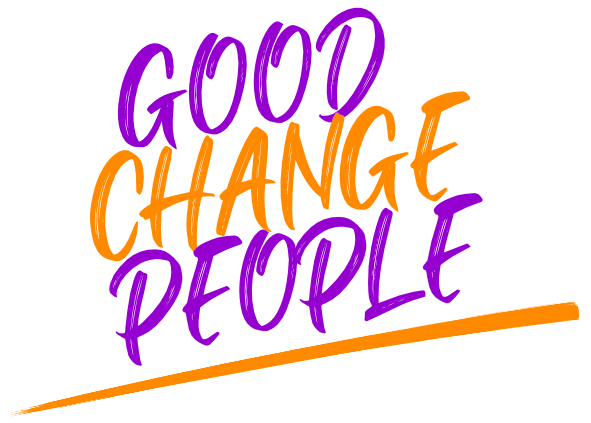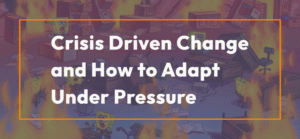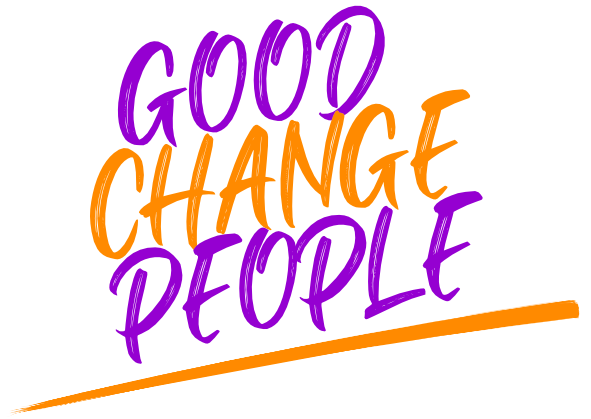Effective communication is at the heart of successful change management. Whether you are implementing a new system, restructuring teams, or rolling out a new strategy, how you communicate that change will directly impact how it’s received, understood, and adopted.
A well-crafted change communication plan helps reduce resistance, increase engagement, and ensure everyone is aligned during the transformation. Here’s how to build one in five clear steps:
Step 1: Define the Change and Its Impact
Before you communicate, you need clarity on what you’re communicating. Start by answering these questions:
- What is changing?
- Why is the change happening?
- Who will be affected, and how?
- What are the risks of not changing?
Create a concise summary of the change and its business rationale. Identify key stakeholders and understand how the change will impact each group differently; this will help tailor your messaging later.
Here’s a Tip: Use the ADKAR model (Awareness, Desire, Knowledge, Ability, Reinforcement) to assess what each audience needs to move through the change.
Step 2: Identify Your Audiences
Not all employees need the same message, at the same time, or in the same format. Segment your audience by role, level, function, or location. Here are some examples you could follow:
- Senior leadership (strategic, high-level impact)
- Middle managers (translating strategy into action)
- Frontline staff (day-to-day operational changes)
- External stakeholders (e.g., partners, customers, regulators)
For each group, define:
- Their current level of understanding
- Their concerns or potential resistance
- The communication objectives for them
Step 3: Craft Key Messages
Develop core messages that answer:
- What’s changing?
- Why now?
- What’s the benefit (for the organisation and individuals)?
- What support is available?
- What’s expected of them?
Ensure your tone is consistent, empathetic, and transparent; avoid jargon. People respond better when they understand how the change affects them personally—and when they feel heard and valued.
Tip: Use a “message matrix” to map each audience to specific messaging and delivery channels.
Step 4: Choose the Right Communication Channels
Choose channels that are appropriate for your audience and message type. Consider a mix of:
- Leadership announcements: Emails, town halls, videos
- Manager briefings: Cascading messages to teams
- Internal platforms: Intranet posts, newsletters
- Interactive sessions: Q&As, workshops, feedback forums
- Visuals and aids: Infographics, posters, change roadmaps
However, it is important to remember that communication is not just top-down. Two-way channels for feedback and dialogue are crucial for trust and buy-in.
Step 5: Establish a Timeline and Feedback Loop
Map out a communication schedule that aligns with key project milestones. Your plan should include:
- Pre-launch awareness
- Ongoing updates
- Support during implementation
- Reinforcement after the change goes live
Monitor feedback regularly to adjust your approach. Are employees confused? Are managers equipped to lead discussions? Use surveys, pulse checks, and open forums to stay responsive.
Here’s a tip: Celebrate small wins and highlight early adopters. Recognition reinforces the right behaviors and energises your change campaign.
Final Thoughts
Change is hard, but poor communication makes it even harder. A thoughtful, well-executed communication plan not only informs but inspires. It helps people move from resistance to readiness and from confusion to commitment.
By following these five steps, you’ll build a communication plan that supports your change journey and brings your people with you every step of the way.
If you would like further information or guidance on communication plans or any other aspect of implementing successful change please get in touch with Good Change People today!





